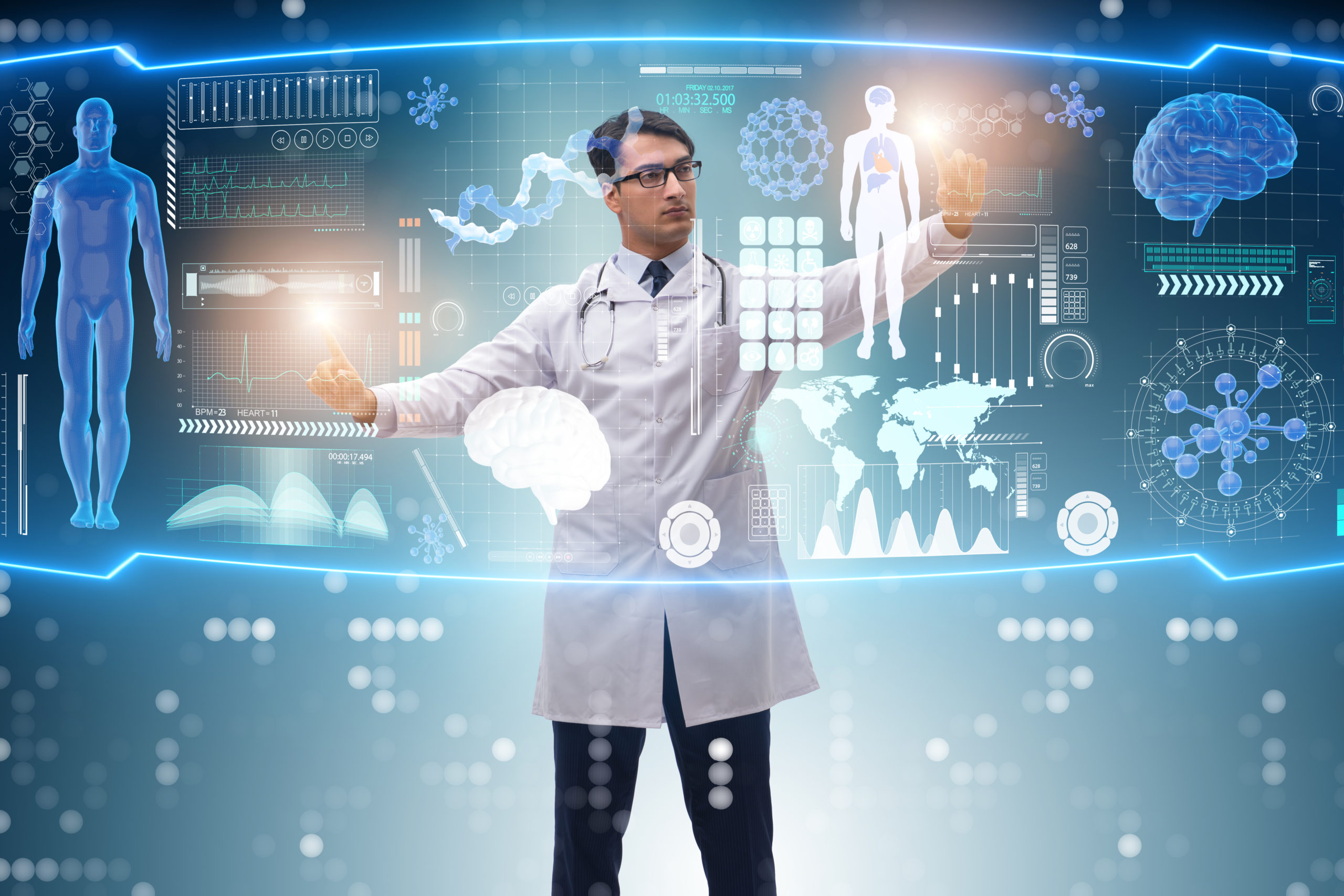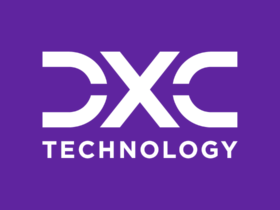Health Information Technology (HIT) refers to the use of technology to manage health information and improve healthcare delivery. Over the past few decades, HIT has revolutionized the way healthcare organizations operate, enabling efficient information management, improved patient care, and enhanced decision-making processes. This essay explores the various aspects of health information technology and its impact on healthcare delivery.
The Evolution of Health Information Technology:
Health information technology has evolved significantly over the years. Initially, healthcare organizations relied on paper-based systems for record-keeping, resulting in challenges such as inefficient data retrieval, limited access to information, and errors in documentation. However, the advent of electronic health records (EHRs) brought about a drastic transformation. EHRs digitize patient health records, allowing easy access, secure sharing, and improved communication among healthcare providers.
Benefits of Health Information Technology:
a. Improved Patient Care: HIT enables healthcare providers to access comprehensive patient information quickly. This accessibility allows for more accurate diagnoses, timely interventions, and coordinated care. Additionally, electronic prescribing systems reduce medication errors and adverse drug events by providing real-time medication information, drug interactions, and allergy alerts.
b. Enhanced Efficiency: HIT streamlines administrative tasks, reducing paperwork and eliminating duplicate data entry. Electronic documentation and automated workflows improve efficiency, enabling healthcare providers to focus more on patient care. Furthermore, telemedicine and remote monitoring technologies facilitate virtual consultations and remote patient monitoring, expanding access to healthcare services.
c. Data-Driven Decision Making: HIT provides valuable data analytics capabilities, allowing healthcare organizations to analyze large volumes of patient data to identify trends, patterns, and insights. This data-driven decision-making helps improve population health management, identify high-risk patients, and implement preventive strategies.
d. Improved Patient Engagement: Patient portals and mobile health applications empower individuals to take control of their health. These tools provide access to personal health information, appointment scheduling, medication reminders, and educational resources. Patients can actively participate in their healthcare, leading to better outcomes and increased patient satisfaction.
Challenges and Concerns:
a. Privacy and Security: The widespread use of HIT raises concerns about patient privacy and data security. Healthcare organizations must adopt robust security measures, such as encryption and access controls, to safeguard patient information. Compliance with regulations like the Health Insurance Portability and Accountability Act (HIPAA) is crucial to protect patient privacy.
b. Interoperability: Interoperability refers to the ability of different systems and applications to exchange and use health information seamlessly. Achieving interoperability remains a challenge due to variations in data formats, coding systems, and technological infrastructure. The lack of interoperability hinders the efficient exchange of information between healthcare providers, potentially compromising patient care and continuity.
c. Training and Adoption: Successful implementation of HIT requires adequate training and user adoption. Healthcare professionals and staff need comprehensive training to utilize HIT effectively and embrace new technologies. Resistance to change and insufficient training can impede the benefits of HIT implementation.
d. Cost and Return on Investment: Implementing HIT systems can be costly, including initial setup, infrastructure upgrades, and ongoing maintenance expenses. While the long-term benefits outweigh the costs, healthcare organizations must carefully consider the return on investment and financial sustainability.
Future Trends and Innovations:
a. Artificial Intelligence (AI) and Machine Learning (ML): AI and ML algorithms can analyze vast amounts of healthcare data, identify patterns, and assist in diagnosis and treatment recommendations. These technologies have the potential to enhance clinical decision support systems, optimize treatment plans, and improve patient outcomes.
b. Internet of Medical Things (IoMT): IoMT refers to the network of interconnected medical devices, wearables, and sensors that collect and transmit real-time patient data. This technology enables remote patient monitoring, early detection of health issues, and personalized care delivery.
c. Blockchain: Blockchain technology offers a secure and transparent system for storing and sharing health records. It enhances data integrity, privacy, and interoperability while empowering patients with control over their health information.
Conclusion:
Health Information Technology has transformed healthcare delivery, improving patient care, operational efficiency, and decision-making processes. The benefits of HIT, such as improved patient outcomes, enhanced efficiency, and data-driven insights, are evident. However, challenges related to privacy, interoperability, training, and cost must be addressed to fully harness the potential of HIT.
As technology continues to advance, future trends like AI, IoMT, and blockchain will further shape the healthcare landscape, enabling more efficient and patient-centered care. Embracing health information technology is crucial for healthcare organizations to adapt to the evolving healthcare landscape and provide high-quality, accessible, and cost-effective care.
















